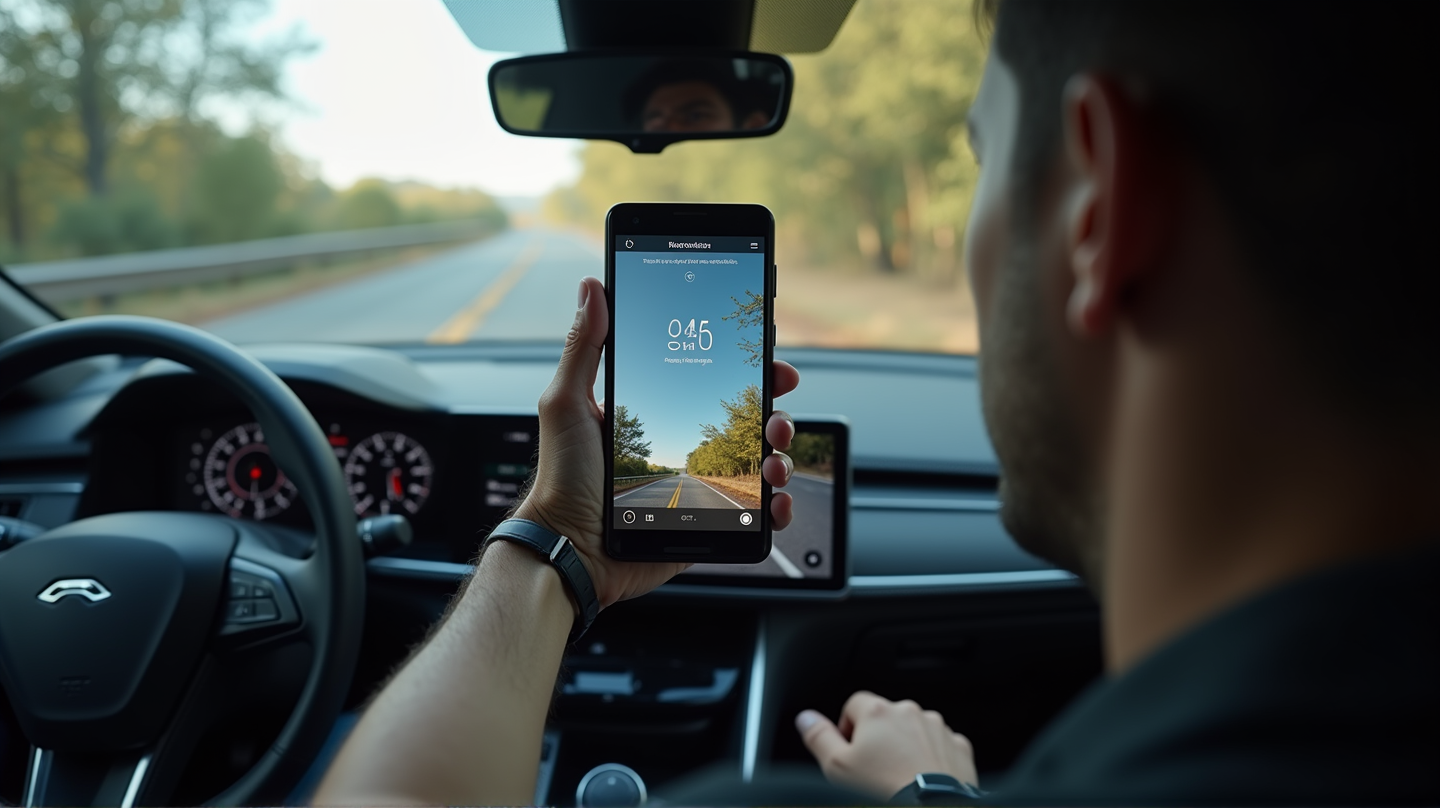The promise of seamless integration between Google Pixel 10 and the Android Auto ecosystem is being overshadowed by persistent glitches. Google’s assurance of fixes in version 15.0 has done little to quell the frustrations of users who continue to face meddlesome connectivity issues. These challenges highlight a persistent problem in achieving software-hardware synergy in the rapidly-evolving tech landscape.
Introducing the Issue
When Google launched the Pixel 10, it promised users a transformative experience, especially with Android Auto integration. However, the honeymoon period was short-lived as users began reporting issues like frozen screens and blackouts almost immediately. The problem isn’t merely an inconvenience—it also raises safety concerns for users relying on these essential navigation and infotainment features.
Google’s Quick Patch and Limited Relief
In an attempt to address the issues, Google released an Android Auto update, positioning it as the panacea for these problems. However, as reported by various sources, including Android Police, this fix seems to lack consistency across different vehicles and drivers. While some claim slight improvements, others continue to struggle with persistent glitches.
User Frustrations Amplified
The breadth of user frustration is evidenced by comments on Reddit’s r/GooglePixel and other platforms, where Pixel 10 owners exchange temporary fixes with each other. These homemade solutions sometimes help but often only serve to underscore a broader dissatisfaction.
Safety Concerns and Reparation Challenges
Safety concerns are at the forefront as disrupted Android Auto functionality poses real risks on the road. Looking at other tech sectors, such as Apple’s CarPlay that maintains stable connections, Google’s struggle becomes more apparent, despite the company’s prowess in AI and software development.
Looking to the Horizon
As Google pushes to resolve these issues, the spotlight remains on its testing and quality assurance processes. Future updates are anxiously anticipated by a community hopeful for stable and reliable Android Auto integration. Successful resolution of these issues could restore confidence in Google as a leader in tech innovation; failure, however, might lead to a decline in consumer trust and loyalty. According to WebProNews, Google’s journey to mend these connectivity challenges is far from over, and the outcome remains to be seen.
This ongoing saga underpins the complexities facing modern tech ecosystems and the onus on companies like Google to maintain harmony between software and hardware, ensuring robust user experiences across all touchpoints.
